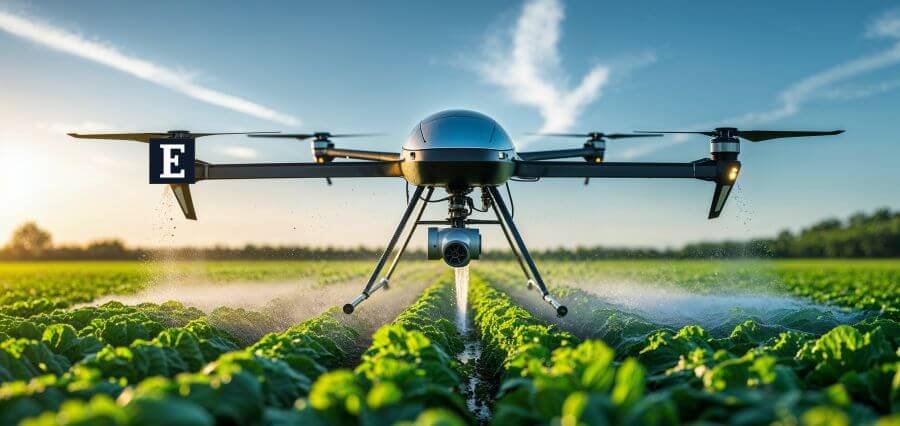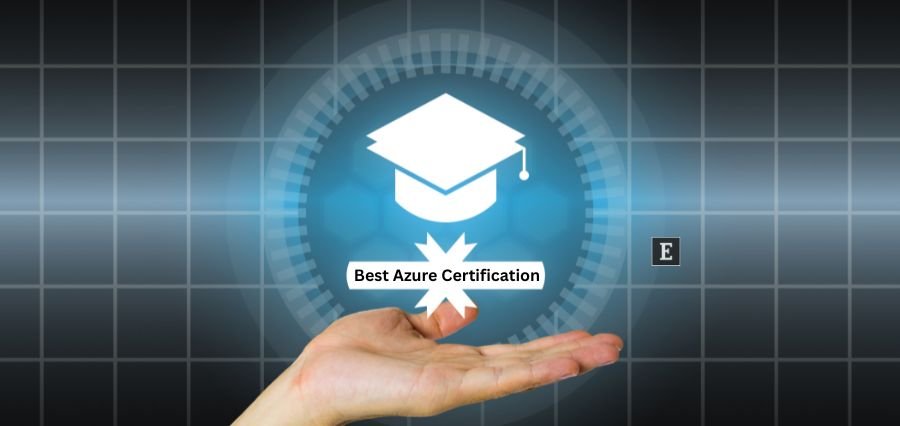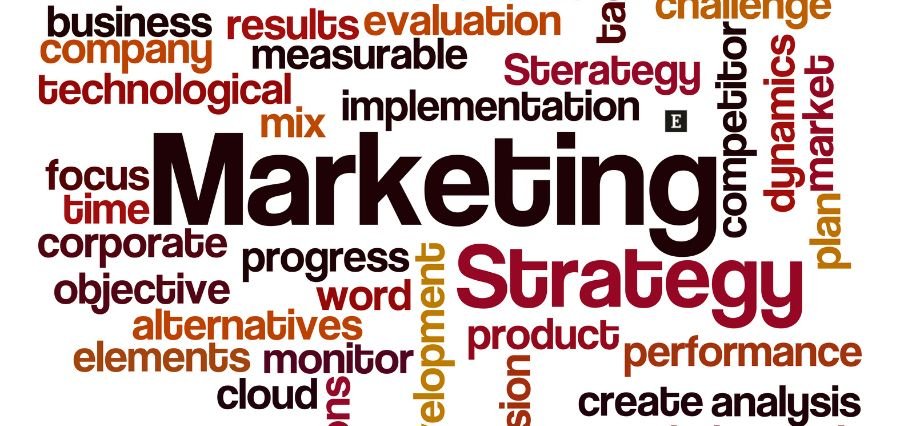
- Home
- Industries
Looking for more? Our expert team of researchers can create market analysis reports for any of your needs.
- About Us
- Magazines
- Hall of Fame
- Articles
- Contact Us
- Home
- Industries
Looking for more? Our expert team of researchers can create market analysis reports for any of your needs.
- About Us
- Magazines
- Hall of Fame
- Articles
- Contact Us
- Home
- Industries
Looking for more? Our expert team of researchers can create market analysis reports for any of your needs.
- About Us
- Magazines
- Hall of Fame
- Articles
- Contact Us
- Home
- Industries
Looking for more? Our expert team of researchers can create market analysis reports for any of your needs.
- About Us
- Magazines
- Hall of Fame
- Articles
- Contact Us









